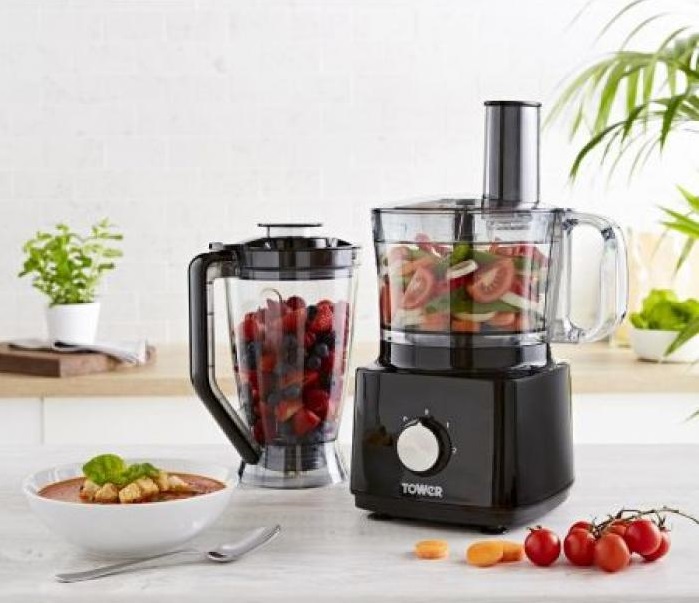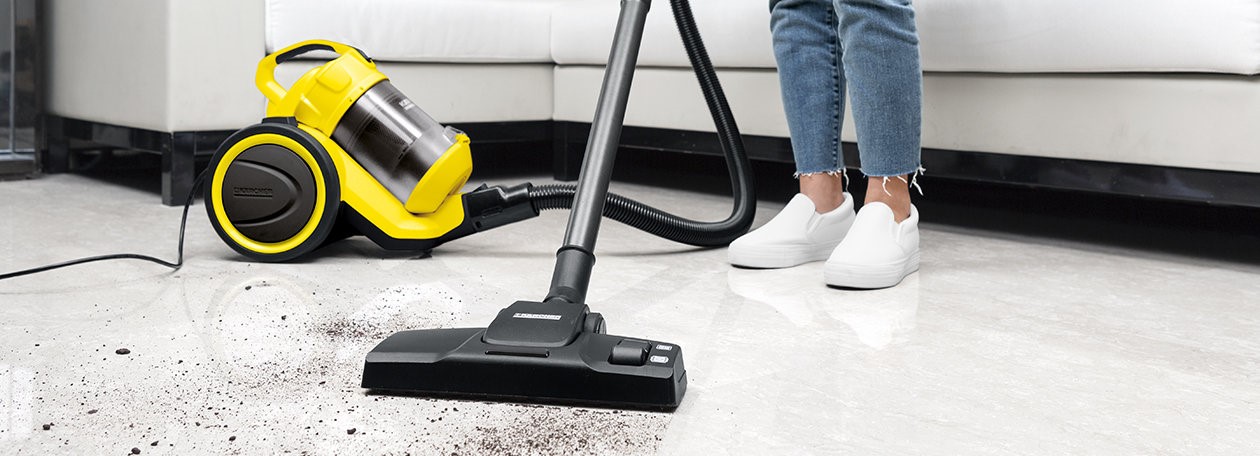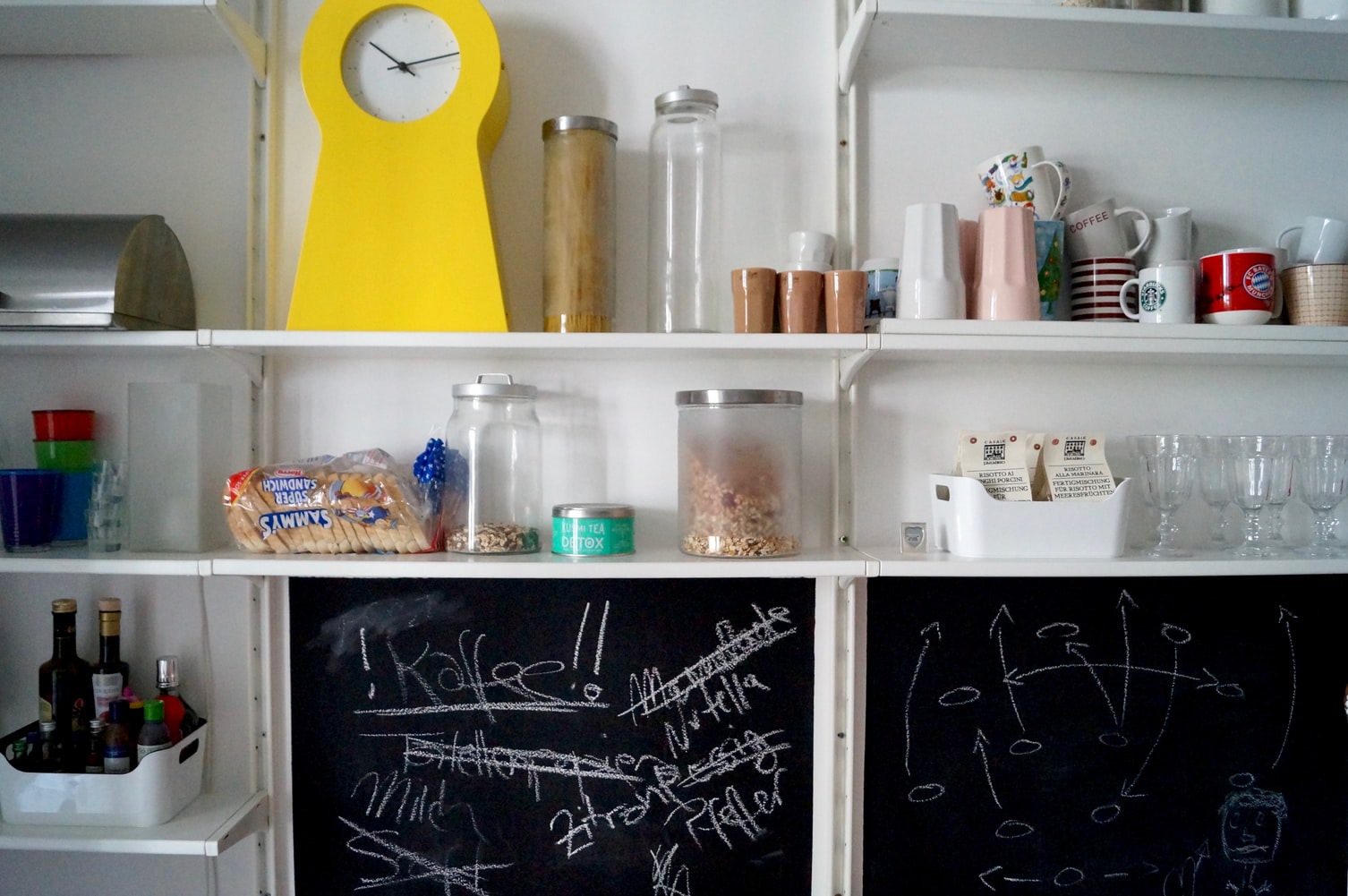Guide to getting the right food preparation appliance for your kitchen
Food processors and blenders are useful kitchen appliances used in food preparation. They are, however, different in function, operation, size, and appearance.
Are you wondering if it is prudent to buy both machines? Good news, you definitely can. However, consider these few factors before you make your purchase;
- How many meals you intend to prepare in a day
- How much space you have in your kitchen
- The kinds of foods you tend to consume most
- Your budget
Read on to learn the difference between a food processor and a blender and their unique operational processes. This article will also discuss the different types of these food preparation appliances and their advantages and shortcomings.
The Difference Between a Food Processor and a Blender
A blender is different from a food processor in function and operation.
The blender combines wet and dry ingredients to make liquid foods such as pastes and smoothies. On the other hand, a food processor is an appliance that slices through solid food, such as carrots, in meal preparation.
When choosing between these two kitchen appliances, there are some differences you should know.
1. Appearance
Most blenders are usually cylindrical, long, and narrow. The base features a single blade and a funnel shape to fall to the center, enhancing a vortex formation pulling solid pieces downwards.
The jug-like appearance allows safer use when blending ingredients into smoothies, soups, and pastes.
Another type of blender is a hand-held mixer. It features a motor that comes with several attachable whisks used to blend wet and dry ingredients.
Food processors have stubby, large, and wide cylinders. They have multiple blades that can be changed to serve different functions.
2. Function
Both processors and blenders can mix wet and dry ingredients.
Blenders mix and puree wet and dry ingredients to make liquid foods such as soups, smoothies, and pastes. Most blenders have a jug with a tight lid, suitable for liquids to prevent spilling and other accidents such as electrocution if the fluids come into contact with electricity.
On the other hand, the food processor processes dry foods into smaller pieces. Processors have different blades for chopping, slicing, grating, pureeing, mixing, and kneading foods. In function, a processor requires little or no liquid to prepare food.
3. Operation
Blenders often come with a jug with one blade. The one blade is what the machine will use for all its functions, but at varying speeds to achieve desired results. Most blenders have different functions, such as puree, ice-crush, chop, etc. These functions yield different-textured mixtures at different blender speeds.
Food processors have different blades for different functions. A processor will chop, grate, slice, and even knead dough. It usually requires the use of a bowl that fits around the shaft with blades. The processor has a lid that prevents foods from jumping out of the bowl and features a feeding tube. The tube allows the user to feed new ingredients as it runs and features a pusher used to make the processing safer, faster, and more manageable.
4. Size
Blenders have fixed sizes, mostly 4-8cups. They also come with specific instructions on how much to fill to avoid spillage. Manufacturers also recommend blending at least half or three-quarters full amounts to achieve desirable results.
Food processors, on the other hand, have a much larger carrying capacity of around 9 cups. This large capacity makes lesser batches easier and allows you to mix many ingredients at a go.
Different Types of Food Processors and Blenders
The following are some significant types of food processors and blenders and their advantages and disadvantages.
A. Blenders
- Hand mixers
- Immersion blenders
- Single-serve blenders
- Countertop blenders
1. Hand mixers
Hand mixers are the oldest type of blenders available since the 1950s. They mostly whip fleecy meringue. Additionally, they have attachments making it preferable for a wide variety of baking.
Pros
- Removable whisks that are easy to clean.
- Lightweight
- Easy to use to whip and note your progress.
Cons
- Hand mixers lack cutting blades and, therefore, can’t be used to create a smooth batter.
- Not suitable for heavy dough. Attempting bigger doughs can lead to wearing out of the attachments.
2. Immersion Blenders
Immersion blenders blend soups or hot liquids. They are also best for mixes involving powder with liquid. For example, making shakes using powdered milk is easy with the help of an immersion blender.
Pros
- Safe to use with hot liquids without damage to blender or self.
- Easy to clean and dishwasher safe.
Cons
- Not suitable for certain types of liquids such as seed-free smoothies.
- It can involve some risk to the user without the needed expertise.
3. Single Serve Blenders
Single-serve blenders are popular for blending ingredients fast. They are used when making pancake batter, omelets, and many types of liquid recipes. They are also ideal for preparing fine food for babies in the least time.
Pros
- Very quick in smoothening ingredients.
- Securely placed blades, thus safe to use.
Cons
- They can leak ingredients.
- Some blades may not fit correctly in the container.
4. Countertop Blenders
A countertop blender is the most popular, found in almost every kitchen in the world. They are ideal for making drinks such as smoothies. They can blend most ingredients without spilling since they have jug-like containers with sealable lids.
Pros
- They can blend almost anything
- They carry a large quantity
- They have different speeds and a pulsing option.
Cons
- Hard to clean
- Bulky
B. Food Processors
There are different types of food processors classified according to their functions. Mostly, the name of the appliance matches the kind of operation it performs. Types of processors are:
- Manual food processors
- Mini electric food processors
- Full-sized food processors
1. Manual Food Processors
They are used to slice or blend small amounts of ingredients. They operate manually; thus, one can work at the cooker’s pace.
Pros
- Easy to use
- Saves energy since they do not use electricity
Cons
- Time-consuming
- It can be dangerous for the user
- Can only process small amounts of foods at a time
2. Mini Electric Processors
Mini electric processors are more efficient compared to manual processors, and they have larger capacities.
Pros
- They are efficient
- They don’t take up kitchen space
- They do not require special skills
Cons
- Suitable for smaller meals
- Sharp blades can cause injury to the user
3. Full-sized food processor
A full-sized food processor is what most people know, a big bowl with a capacity of 9-12 cups, and features several discs. Big food processors feature a hook for kneading dough. They also feature a feeding tube to add ingredients even as the processor runs.
Pros
- Processes a lot of ingredients at a go
- Features different speeds for different functions
- Allows the user to add more components as it runs
Cons
- It can be quite expensive
- It takes up kitchen space
- Needs some expertise to operate
Conclusion
The difference between a food processor and blender may seem unimportant in the first instance, but for a cook who knows what they need for their recipes, they make all the difference.
It is great to have both appliances in your house, but investing in a good blender can serve you best if you are tight on budget. Some of the latest blenders in the market feature more functions that can reduce the need for a food processor.
When purchasing any of the appliances, whether in person or online, seek the seller and manufacturer’s advice. Beforehand, it is imperative to ask all questions you might have about the appliance and its use.





